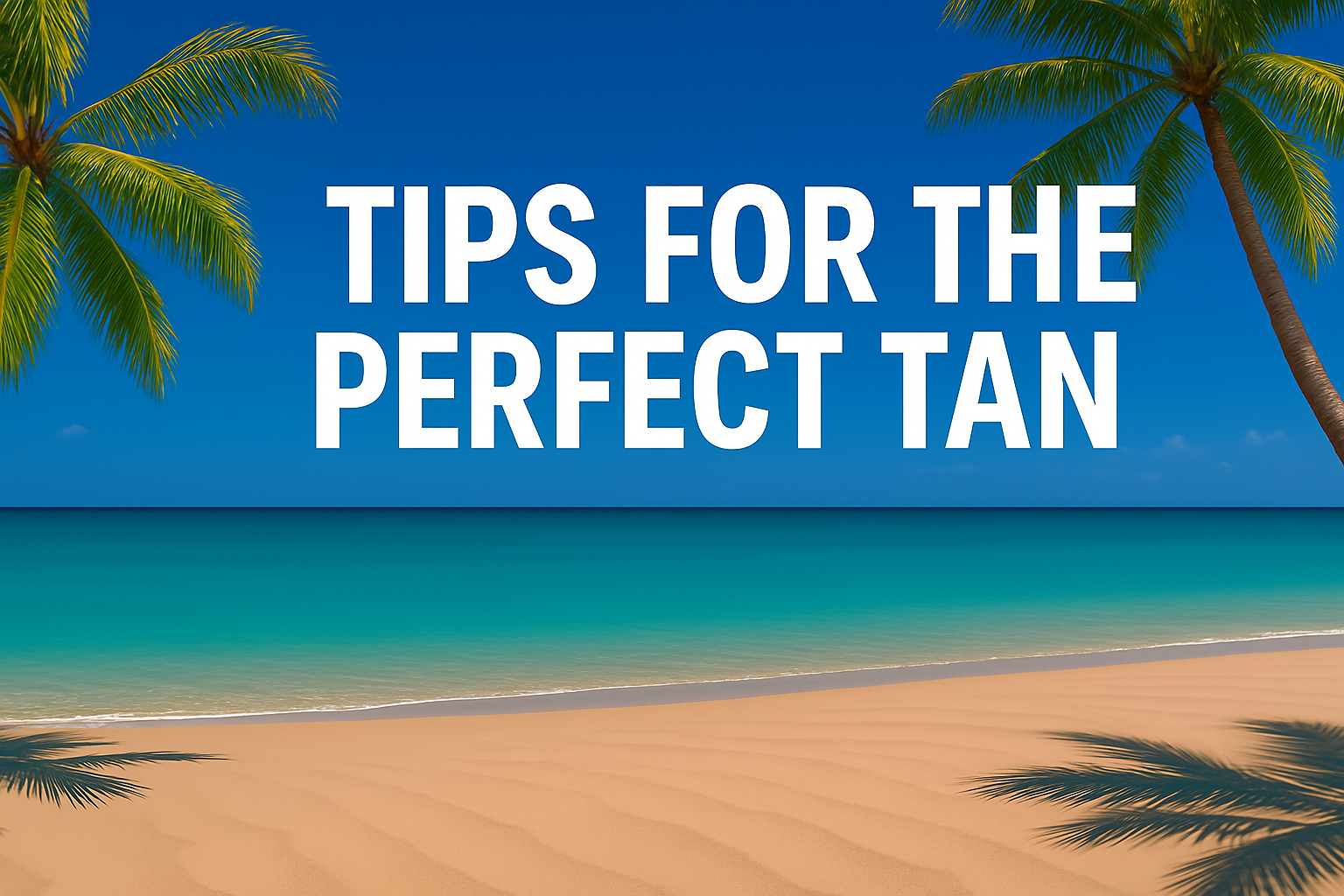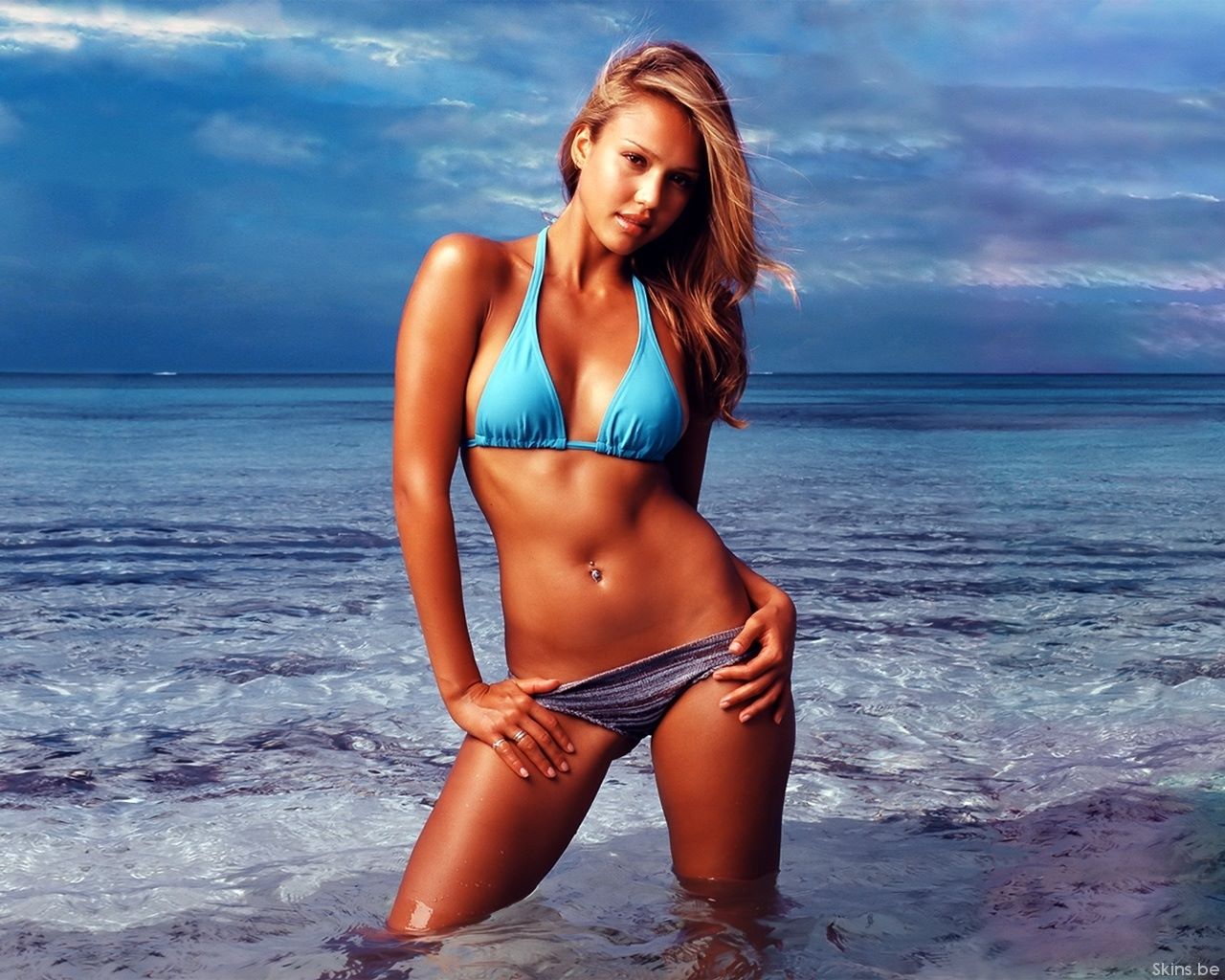
Skin Safety Tanning Advice
Here is some of the most important safe tanning advice, to prevent UV overexposure and protect the health of your skin while tanning:
Moisturize your skin with a cream or gel which has been specifically developed for indoor tanning, preferably before and after your tanning session. Moisturizers prepare your skin for UV exposure, reducing the drying effects of tanning.
Allow a minimum of 24 hours to pass before tanning again, indoors or outdoors. Industry and medical standards recommend waiting 48, the span of time required for skin to create melanin and a tan.
When tanning nude, protect sensitive areas of the body that normally are not exposed to UV light. Skin on the underarms, backs of legs, buttocks, and genitalia can suffer severe sunburn from the same light intensity that only tans the rest of your body. Expose these areas gradually by covering them halfway through tanning sessions for the first three or four times you tan nude.
Protect your lips with a lip balm that blocks UV light; lips cannot produce melanin, leaving them at risk for overexposure.
If you are sunburned, soothe your skin with a moisturizer or aloe gel, and don't try to tan until the redness completely subsides.
Do I have to wear those goggles?
We recommend it, the skin that makes up your eyelids is very thin and needs to be protected, all centres have goggles available. Remember bguk always has your best interest in mind.
Seek the advice of a medical professional whenever you have a health concern-such as rashes, itching, or any other skin problems or irregularities.

Whats Your Skin Type .
Medical experts have identified five skin types:
Skin type 1. Burns easily and rarely tans. These people most likely have bright white skin, blue or green eyes, and freckles. People with Type 1 skin should not tan indoors or outdoors. Their skin is unable to protect them from sunburn.
Skin Type 2. Can tan, but still susceptible to sunburn. Common traits include brown or blue eyes, red or blond hair, and freckles. Type 2 tanners should be cautious and take any precautions to avoid sunburn.
Skin type 3. Tans easily, but still susceptible to moderate sunburns. These people often have brown eyes, dark hair, and tan well.
Skin type 4. Tans easily and almost never burns. These people often have dark eyes, dark hair, and tan very well.
Tanning and Skin Health Information
Every year, millions of people get golden brown tans in the comfort of their local indoor tanning facilities. They like the way they look and feel with a tan, as well as the relaxation their tanning sessions provide.
But some people worry that they'll jeopardize their health by tanning just a few days a week. There are many stories circulating in the media about the reasons why "tanning rays", or ultraviolet (UV) light waves, should be avoided.
The fact is that indoor tanning technology, when used in moderation, is designed to reduce the risk of skin damage caused by overexposure. Indoor tanning provides a controlled UV dose based on your natural skin tone that helps you to tan without burning. This type of control simply is not possible by sunbathing outdoors, where overexposure, or sunburn, is much more likely. Over exposure-not merely exposure-causes the long-term skin damage most people worry about today. Bguk promotes moderation and works very hard to prevent UV overexposure. But what is moderate tanning? Before we explore specific skin safety issues, we need to understand the concept of moderation in tanning. Bguk realizes that our services, if abused, can effect our clients health. That's why Bguk follows specific guidelines, determined by laws and tanning equipment manufacturers, regarding the length of time and frequency of our client's tanning sessions. Moderate tanning is achieved by following these guidelines, by listening to any additional safety recommendations made by Bguk tanning advisors. These practices will prevent the overexposure to your skin that is associated with UV-induced health concerns.

Frequently asked questions
How long does it take to develop a tan?
This depends on your skin type, the lotion you use and your current skin colour. In general the average person can develop a base tan in 4 to 8 sessions.
How often should I tan?
You should wait a very minimum of 24 hours before your next session. We recommend you follow an every other day tanning schedule when building your base tan. After you have developed your base, you can reduce you schedule to once or twice a week depending on the tan you desire.
Can I use a sunbed after sunbathing in the natural sun?
Definitely No. You will likely burn on a sunbed if you have sunbathed in the natural sun as you’ve had an uncontrolled amount of UV exposure.
What do I wear when tanning?
What ever you want! Once you enter your private tanning room it’s your choice. Some people wear their under garments, but most prefer to tan naked.
Do tanning accelerators / intensifiers really work?
Quite simply, Yes! These lotions help you tan faster, moisturize and many help reduce the appearance of fine line and wrinkles. By supplying your skin with needed vitamins, minerals, amino acids and moisture these lotions can help you tan up to 67% better than using no lotion at all. By using lotions you can tan faster in less sessions with less UV exposure = safer, smarter tanning!
Do I have to wear those goggles?
Regulations state that we provide protective eyewear meeting prescribed requirements. The skin that makes up your eyelids is very thin and needs to be protected, our salon has eye protection available. Remember bguk always has your best interest in mind.
Why doesn’t the skin tan equally all over?
The insides of the arms and legs do not tan as easily because they contain fewer pigment-forming cells than the skin on the rest of the body. The face does not tan as easily either because it has a naturally thicker Horny layer- providing special protection from UV-B. Freckles and pigmental moles contain a particularly high amount of tanning pigments and therefore go darker much more quickly than other areas of the skin.
How long will my tan last?
About 2 to 4 weeks after the last sun bathing session. The uppermost skin cells are gradually shed as a result of natural process of skin renewal. The skin will have renewed itself after approx. 28 days. Looked after properly a tan can be preserved for longer.
How can I keep up my holiday tan?
One to two sessions per week will keep up your holiday tan for much longer.
Other helpful advice:
When tanning indoor or out, moisture is lost from the skin. Use a good daily moisturizer after tanning, showers or exercise to keep a health glowing skin tone.
Choose a good quality lotion when tanning. Exposure to UVA can cause skin to dry up. A high quality tanning lotion can help prevent and reduce these effects. It’s well worth the money! Remember, like most fun things in life, moderation is the key. Talk with your salon operator about tanning, take care of your skin, and take a break every now and then. Health & Safety Executive. - http:www.hse.gov.uk/pubns/indg209.pdf
Tanning Advice and The Golden Rules of Tanning
We think you have made a wise decision to tan in a comfortable, controlled atmosphere. Our goal is to help you achieve the best tan possible and help you keep that healthy glow as long as you can. With that in mind, here are some hints to help you get the most out of each tanning visit.
First, lets talk about how your skin tans. Basically, it works the same indoors or out. Ultraviolet rays penetrate your skin causing different reactions. UVA (tanning rays) and UVB (burning rays) are emitted by the sun as well as by our tanning lamps. UVB is commonly referred to as the burning ray because it is more intense than UVA and is responsible for sunburn. Our tanning lamps emit more UVA and much less UVB than the sun, which is the best tanning combination.
Although UVB is responsible for overexposure it is necessary in acquiring a tan. UVB stimulates melanocyte (pigment cells) in your skin to produce melanin (pigment). The melanin absorbs UVA to keep it from reaching deeper, more sensitive layers, of the skin. UVA oxidizes, or darkens, the melanin forming a tan. This whole process is the body's own natural defense against a sunburn.By controlling the type and amount of UV light you receive in Bguk, there's no doubt that this is the great place to acquire a tan. But there are some precautions you need to take even with the best of conditions.
Golden Rules of Tanning
Never try to force a tan and always use common sense. This is the most important rule. In other words, never sunbathe more than once a day. As a rule of thumb: up to ten sessions in two to three weeks. The tan achieved will then be retained by sunbathing once or twice a week.
The following tips should also be observed. Keep to the tanning times recommended for your particular skin type.If you are taking medicine, read the information slip or consult your doctor before tanning. Some medicines are photosensitive to Ultra Violet rays.
Always use a good quality tanning lotion that is specifically designed for sunbed use. Do not use any lotions that contain a sunscreen.
Always keep your eyes closed and wear protective goggles while tanning.
Before and after tanning, use skin-care products to keep skin healthy and keep an attractive tan looking good for longer.
Anyone on the following precautionary list is not permitted to use a sunbed or should seek medical advice before use:
If you are under 18 years of age.
If you have a medical condition that becomes worse in sunlight.
If you have fair or sensitive skin that burns easily and does not tan in sunlight
If you have a large number of freckles or moles.
If you have or have had skin cancer
If you have a history of sunburn especially in childhood.
If you are pregnant- whilst there is no evidence to suggest that UV tanning equipment can damage a foetus, a doctor should be consulted before use.

Tanning Creams & Lotions
Do they really work?
This is one of the most frequently asked questions and the answer is quite simply YES!
A deeper, quicker tan that looks much more natural. Why does this happen?
Mother nature has a way of taking care of us in many aspects of our life, and tanning is just another of mother natures wonders. You probably don’t know this but mother nature gave our skin a reflective quality to reduce the amount of UV penetration, and this reflects more than half the normal sunlight. Although we recognise it as "look good" advantage a tan is our bodys natural protection from the sun, Lotions break this barrier down so you get nearly 100% of the sunlight going deep into the skin for a longer lasting, better tan. Lotion also speeds up the production of the Melanin? What is Melanin? It is the chemical compound that holds the tan. It travels from deep in the skin to the surface at an ACCELERATED speed, and that’s what turns into a nice golden brown suntan.. When tanning indoor or out, moisture is lost from the skin. Use a good daily moisturizer after tanning, showers or exercise to keep a health glowing skin tone. Choose a good quality lotion when tanning. Exposure to UVA can cause skin to dry up. A high quality tanning lotion can help prevent and reduce these effects. It’s well worth the money.
Tip: Healthy skin tans best and stays tanned longer.
